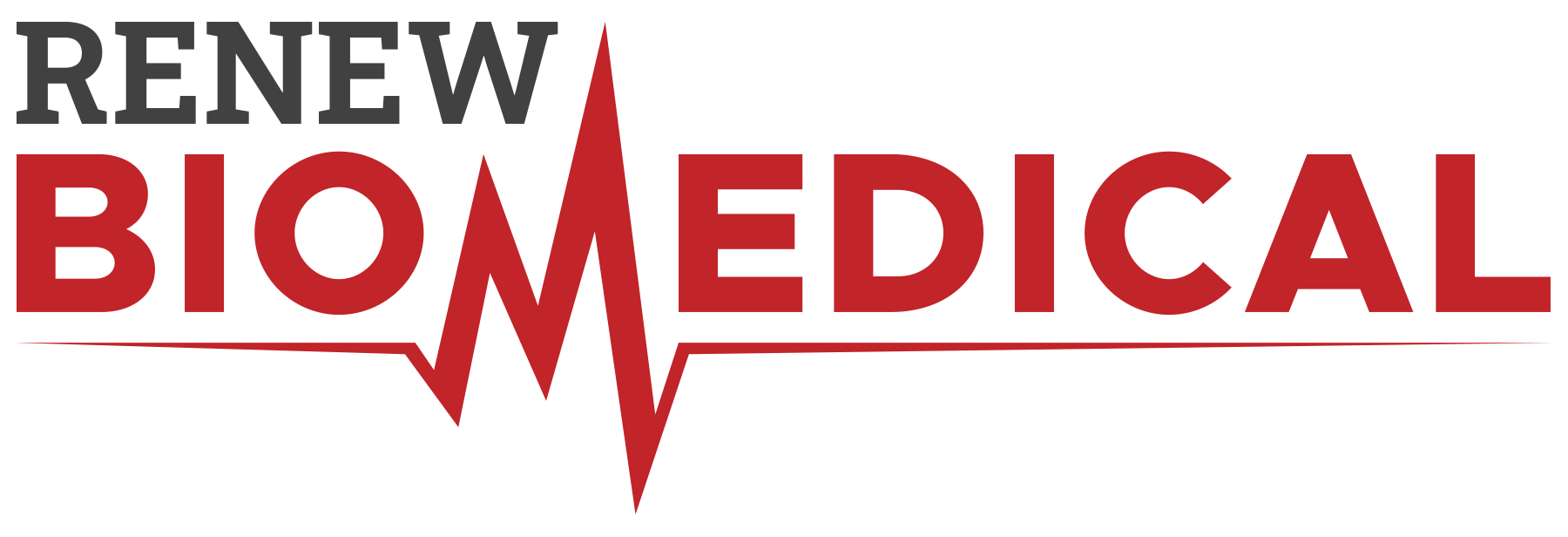
Infusion Pump Service and Repair: FAQs
#1 – What can end users do to speed up their infusion pump’s repair turnaround time?
A: When you send an infusion pump into a depot for repairs, a detailed description of the error or issue goes a long way to help your biomed with the evaluation and testing process. The more details about your IV Pump’s issue, the faster the troubleshooting and repair process can be, leading to a faster turnaround time.
#2 – What are common infusion pump repairs, and how could they easily be avoided?
A: The most common repair is a broken screen, which is easily avoidable. It’s essential to make sure your infusion pump is secured properly. The best way to keep your pump free of repairs is with a mount or a molded protective casing. If your pump has to endure some wear and tear, make every effort to protect it from rough handling and falls. Some pumps, like the Sapphire Infusion Pump, are designed to be more rugged and endure a harsh transport environment. Still, investing in your pump’s protection is always a good call.
#3 – What’s the testing and inspection process when servicing or repairing infusion pump devices?
A: Our certified technicians first perform a physical inspection to check for any visible damage or wear. After that, the device is powered on to check for any alarms or errors. If there aren’t any alarms, we perform tests to ensure proper operation of the alarms, LED indicators, door sensor, and bolus handle. The next step is the FasTest, which includes Air detection, accuracy, and occlusion testing.
#4 – For a biomed, what makes the Sapphire Infusion Pump stand out among other infusion pumps?
A: The Sapphire IV pump is compact, making transportation easy. The pump’s UI is very user-friendly and easy to navigate. The pump is durable and rugged, and the manufacturer’s testing software makes the evaluation easier than other infusion pumps. This means repairs tend to be easier, and more cost-effective for the end user, than other pumps.
#5 – Describe the differences in preventative maintenance for an Eitan Sapphire Pump compared to other pumps.
A: The Sapphire pump has manufacturer software that makes the PM process much faster than other infusion pumps on the market. This software also communicates with Eitan Medical’s service portal to keep records of testing.
The PM kit for these pumps has everything built-in for ease of use. It is a closed system that helps eliminate IV lines running all over the workspace.
#6 – How do you prep your bench for success when working on the Sapphire pump?
A: I clean my bench after every PM/Repair job to ensure everything is orderly and organized so I can easily find tools, cables, and anything else I’ll need. I also connect my Sapphire cradles to power and communication cables for testing purposes.
#7 – What’s been your experience with infusion pumps versus other equipment?
A: The preventative maintenance process for infusion pumps is generally easier than most other capital equipment we service. The compact size of most infusion pumps makes repairs much more accessible than larger units such as a defibrillator or patient monitor.
#10 – What technology puts the Eitan’s infusion system above the competition?
A: The Sapphire pump’s Flow Control Technology makes these infusion devices extremely accurate and reliable. The touchscreen allows the pump to be very compact without sacrificing any features. Eitan’s drug library software lets end users create and load their configuration file/drug library.
 JL Morgan, CABT
JL Morgan, CABT
Assistant Biomedical Manager






